You can count on a Kia Sorento as roomy, capable and practical family transport – but never more so than in its current, fourth-generation guise. To quote our 2021 road test: “It is a spacious, well-made, well-equipped and impressively versatile seven-seat SUV that’s handsomely formed and strategically priced.”
But before we talk about pricing – and it’s cheaper in nearly new form, of course – you should know that there are two hybrid versions on offer, one you can’t plug in and one you can. The first, the HEV, uses a 1.6-litre petrol engine and an electric motor for a total of 226bhp, meaning it has good performance to go with its 40.9mpg official average.
The PHEV has the same engine but a more powerful motor for 261bhp overall. Its official 176.6mpg average is unrealistic unless you charge it often and do nearly all of your driving under electric power alone. The official range electric range, incidentally, is 35 miles.
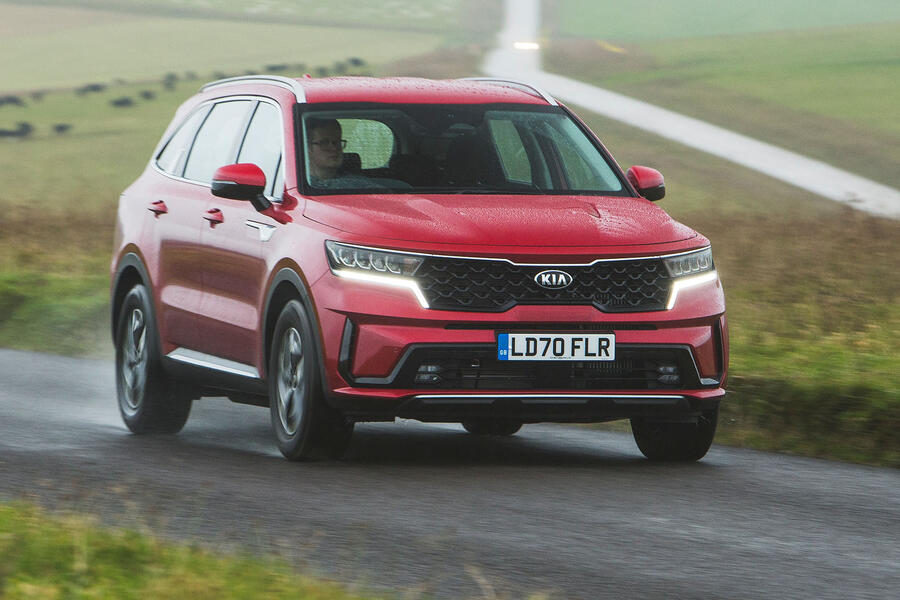
But if you’re after a tow car, these electrified Sorento’s are no match for the diesel version. Its 199bhp 2.2-litre unit allows you to haul an impressive 2500kg. It’s also the only version with a seven-speed dual-clutch automatic. The hybrids have simpler six-speed autos.
All three versions have seven seats as standard – and the third row is remarkably capacious. There’s more space back there than in the Land Rover Discovery Sport, Toyota Highlander and Peugeot 5008. Even adults will fit.
The second row is also very accommodating, made even more so by seats that slide and recline. Sitting three adults across the middle row is easy because the Sorento has one of the broadest interiors in its class, plus the hump in the middle of the floor is minimal.

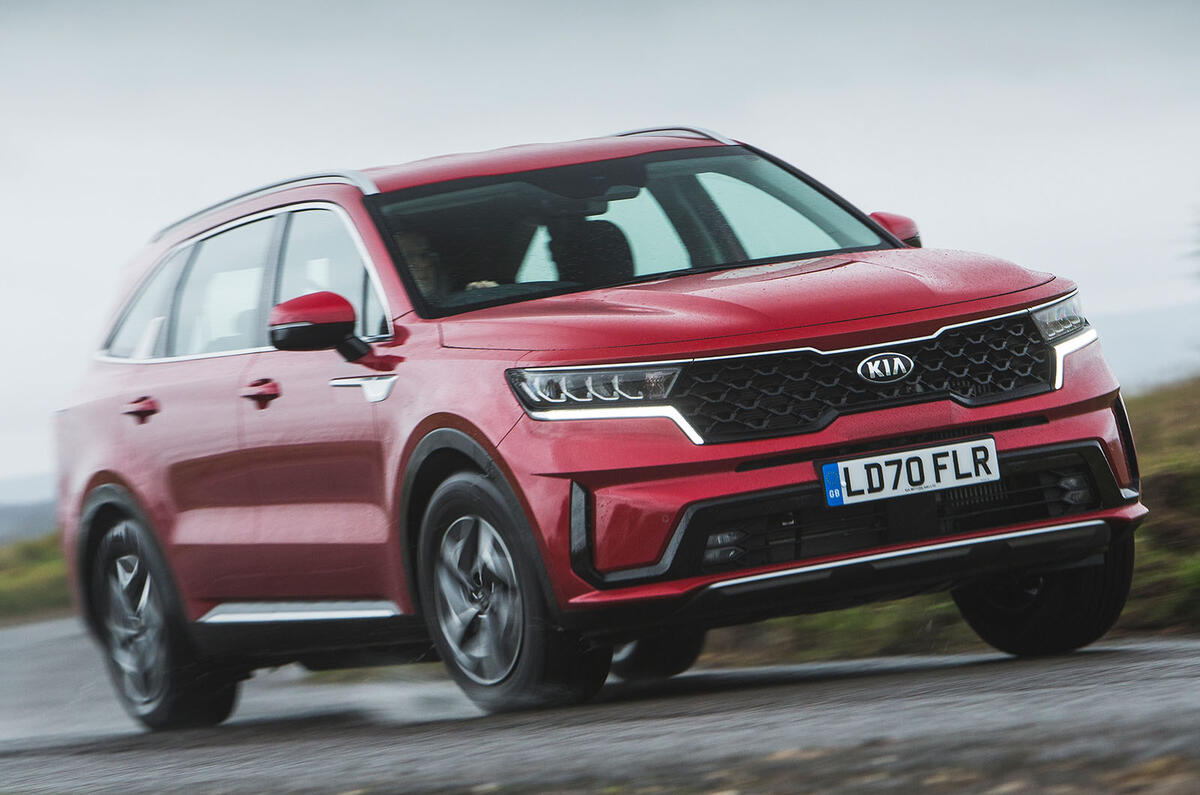
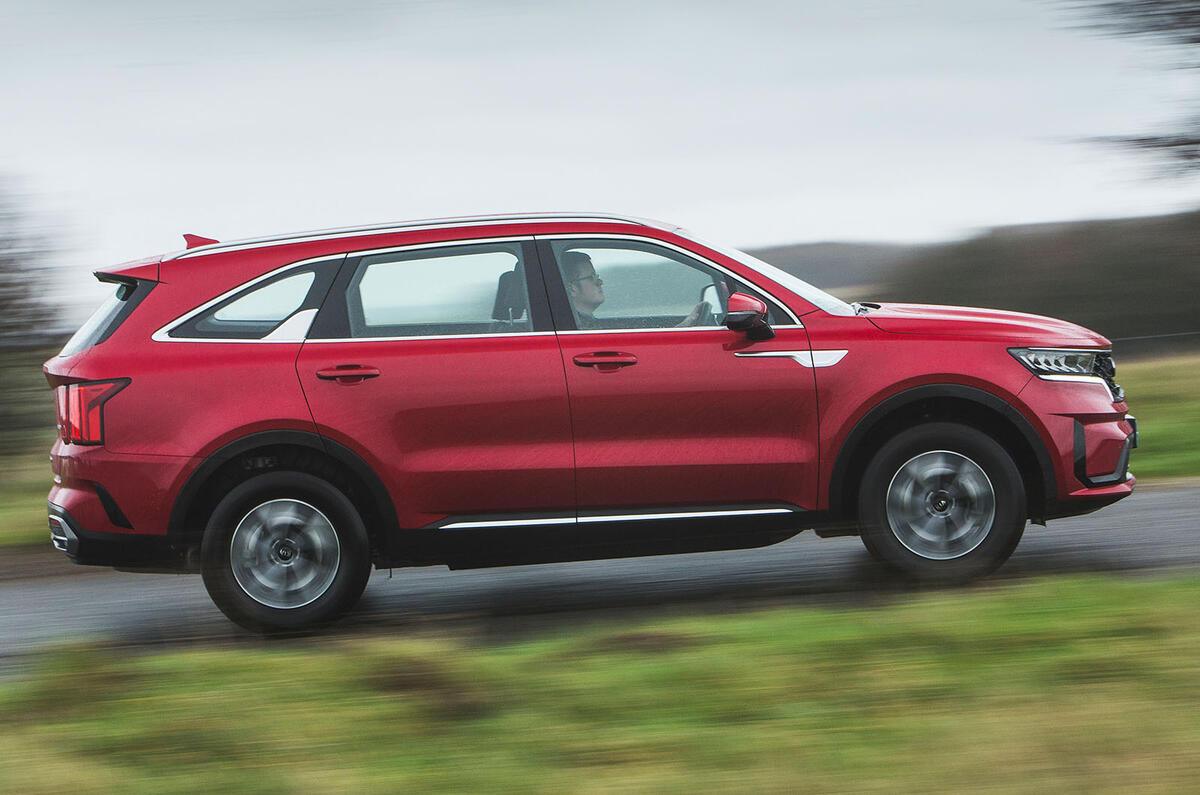
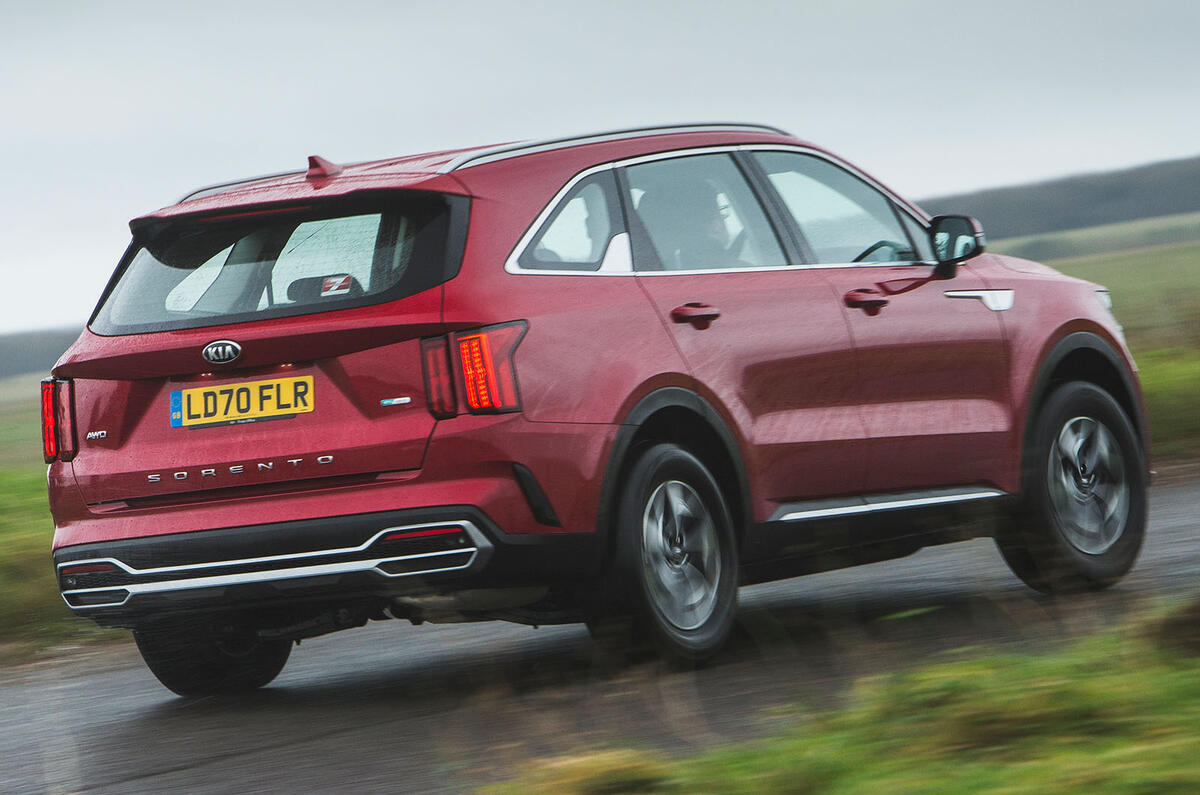

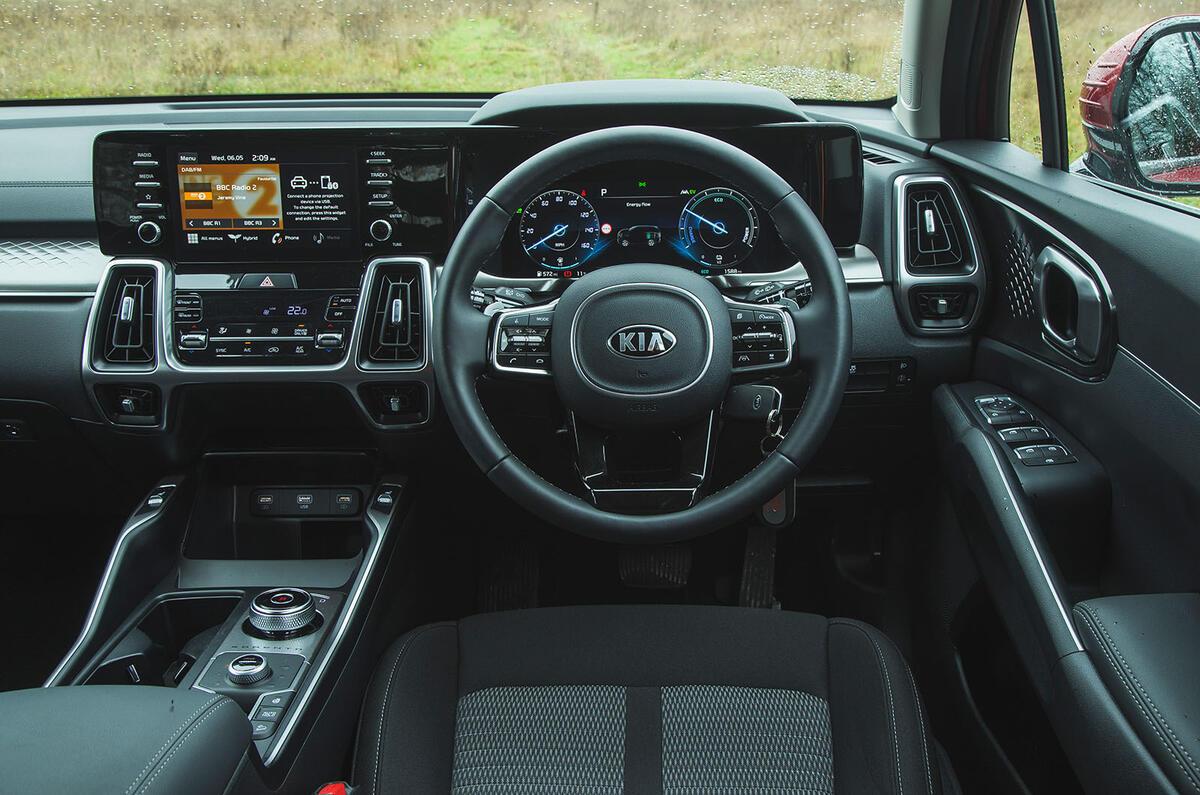
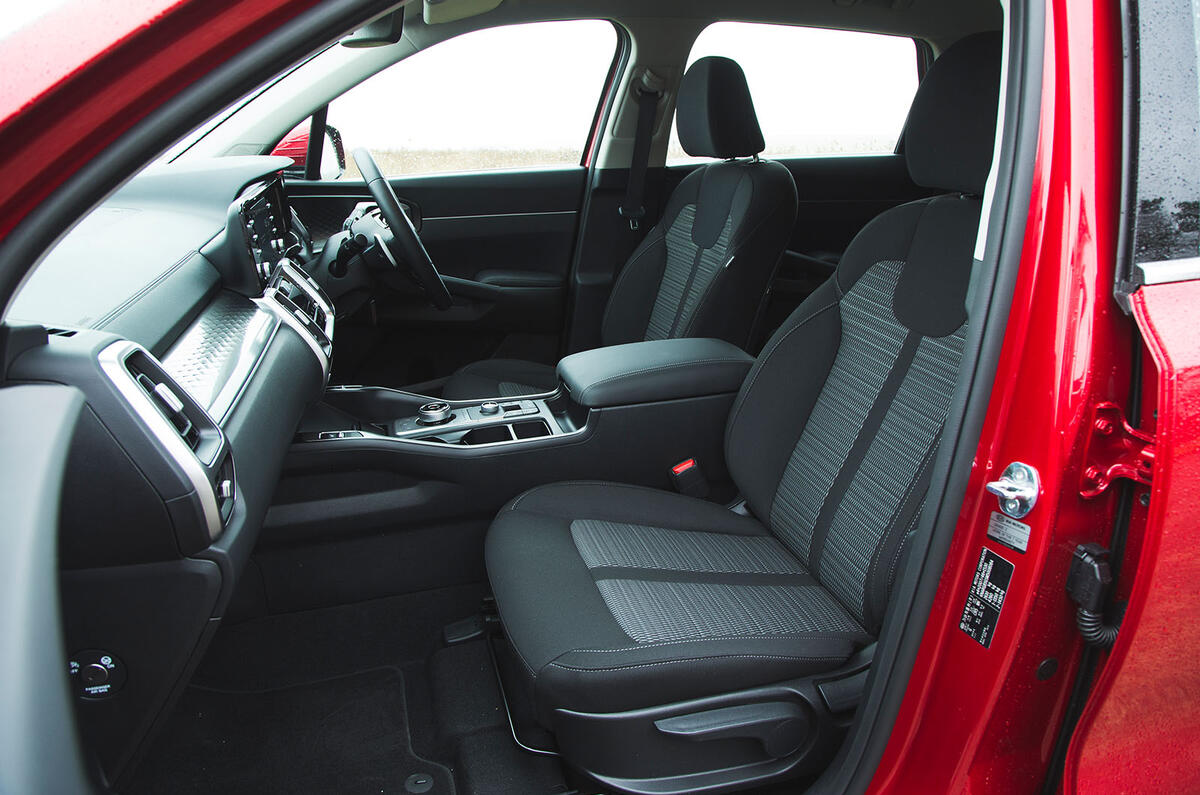
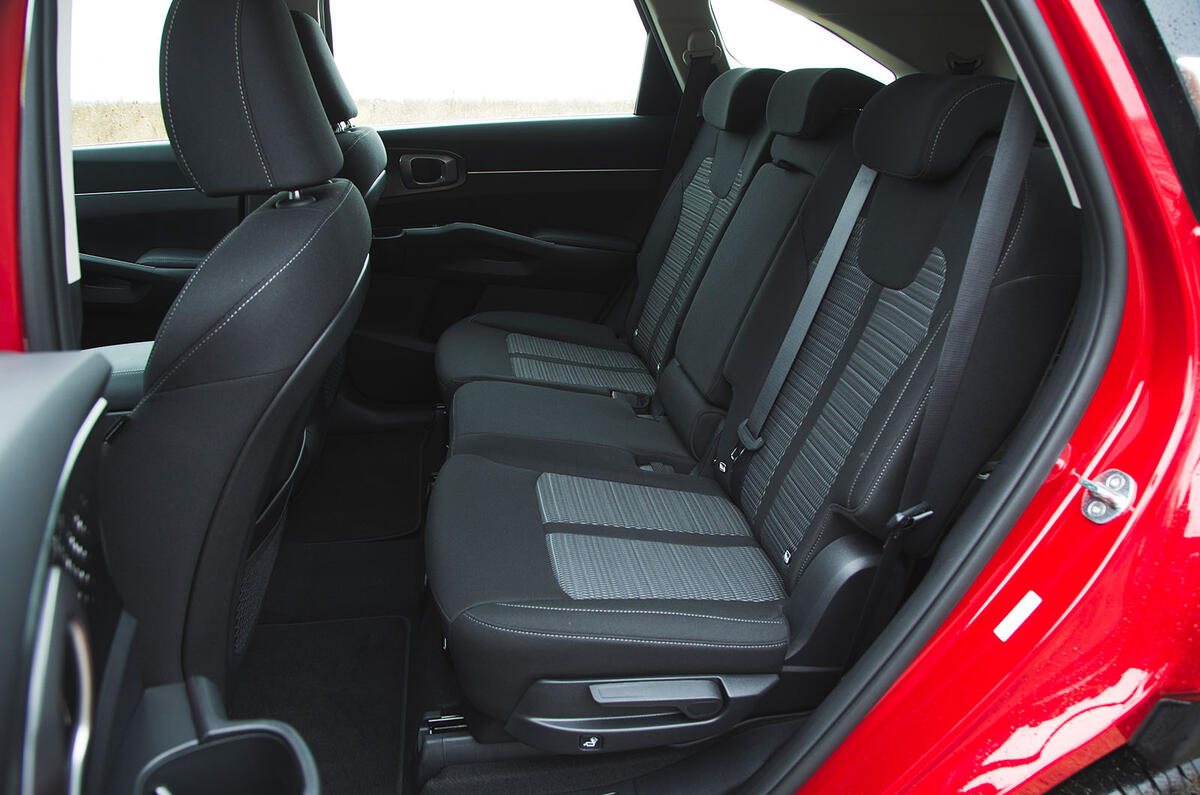
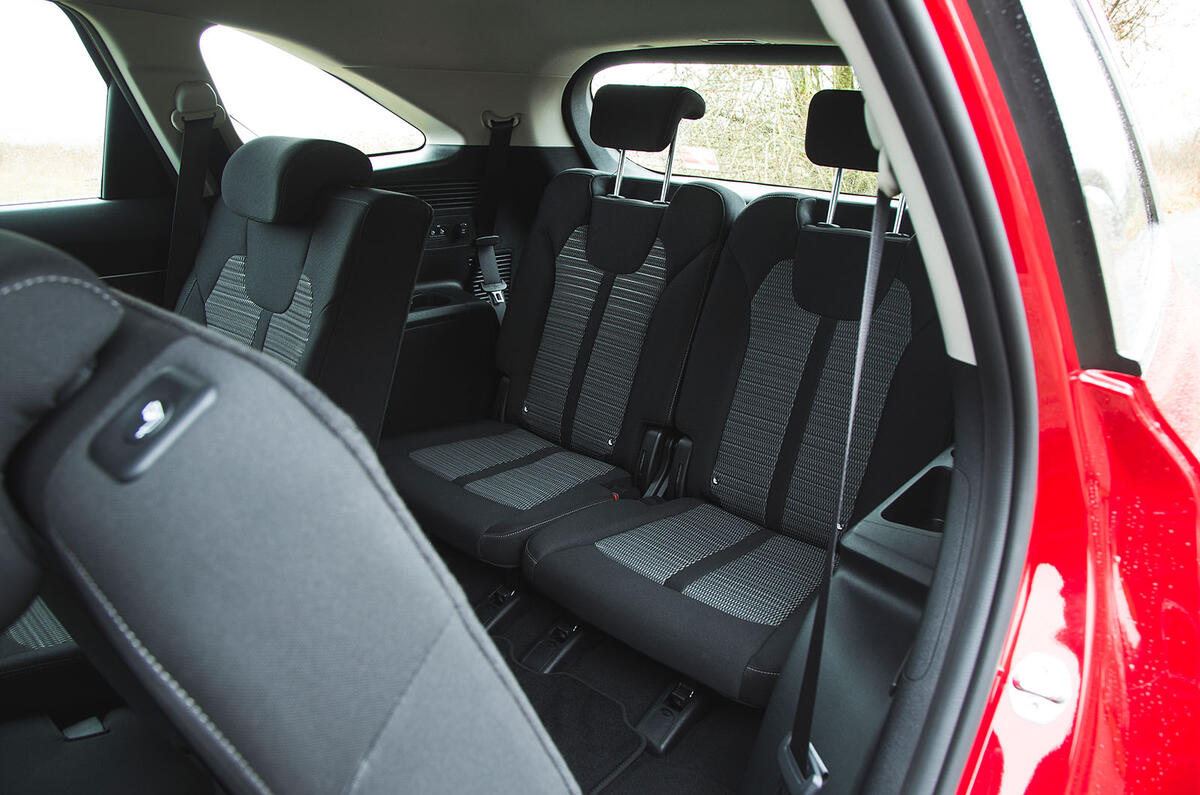
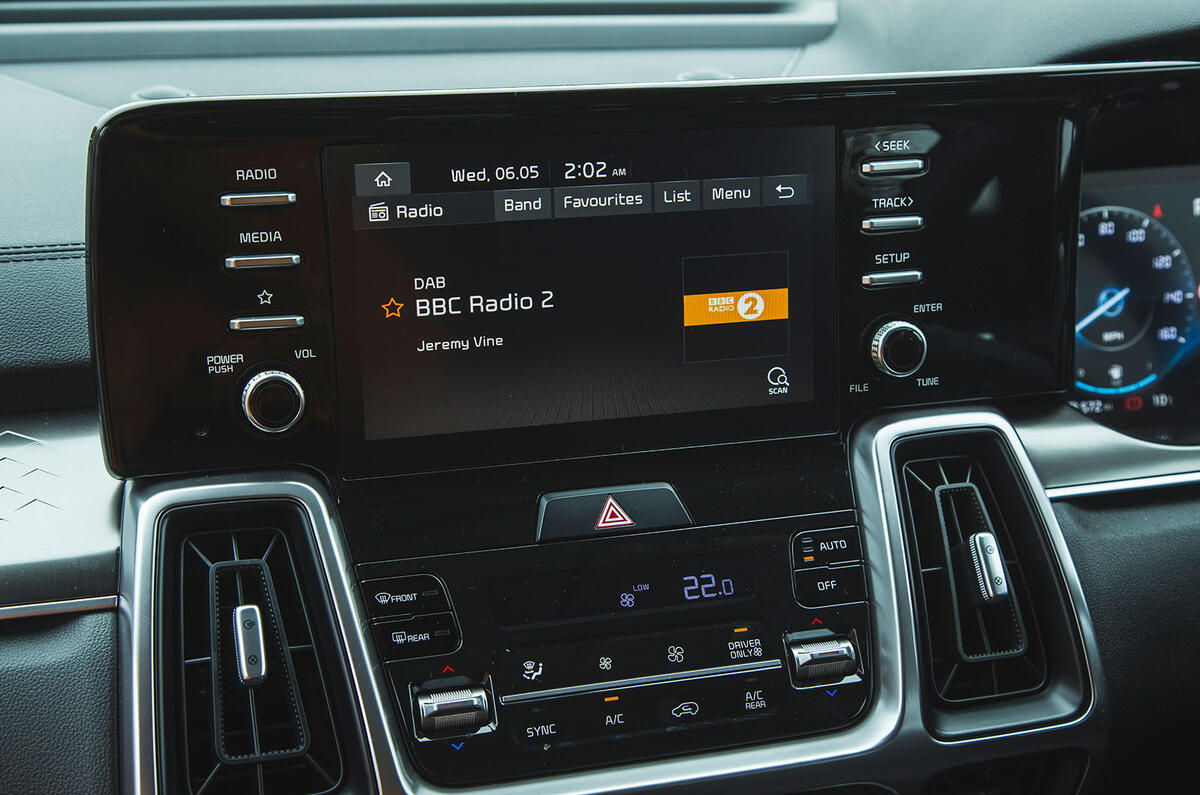
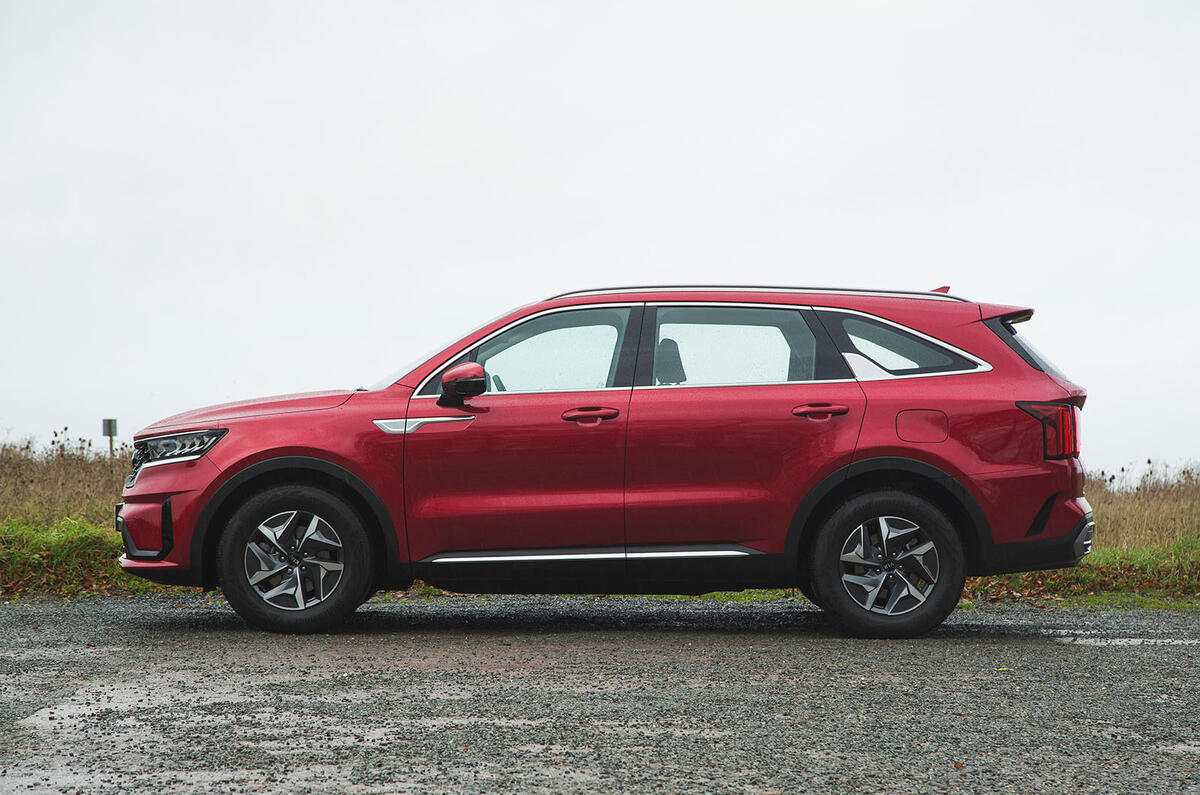
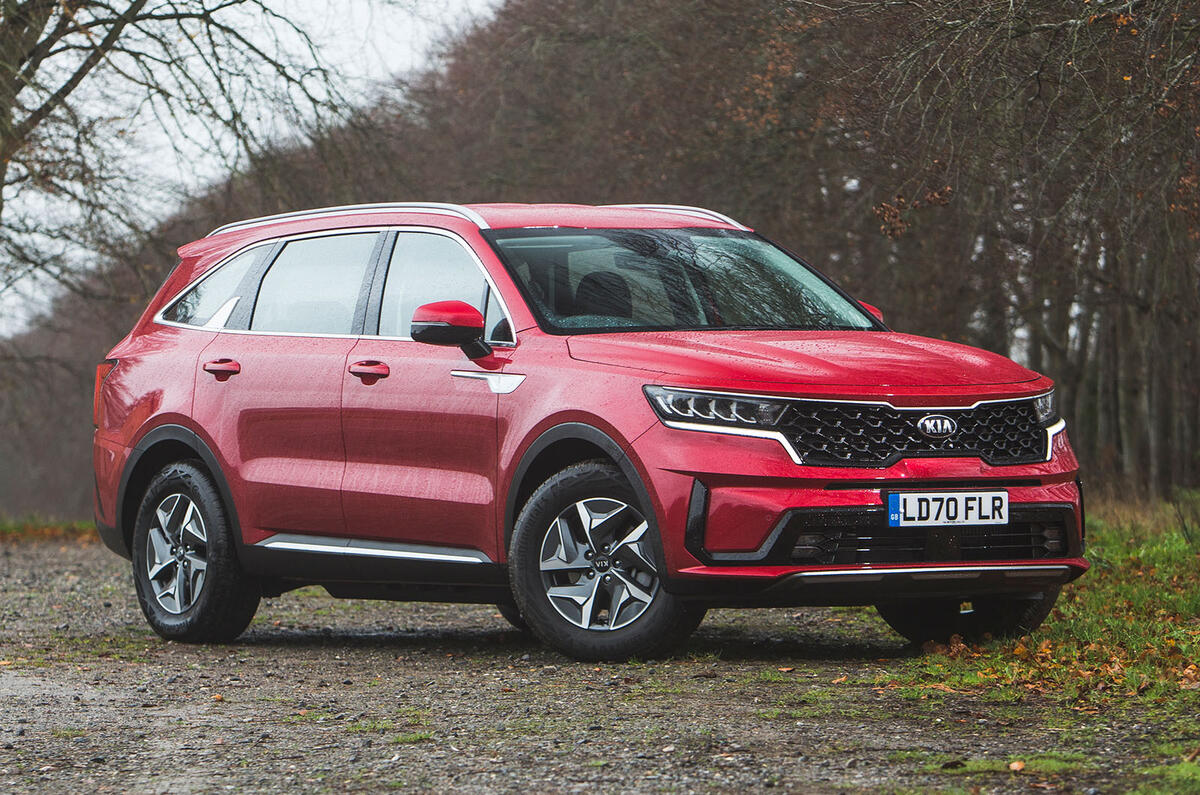
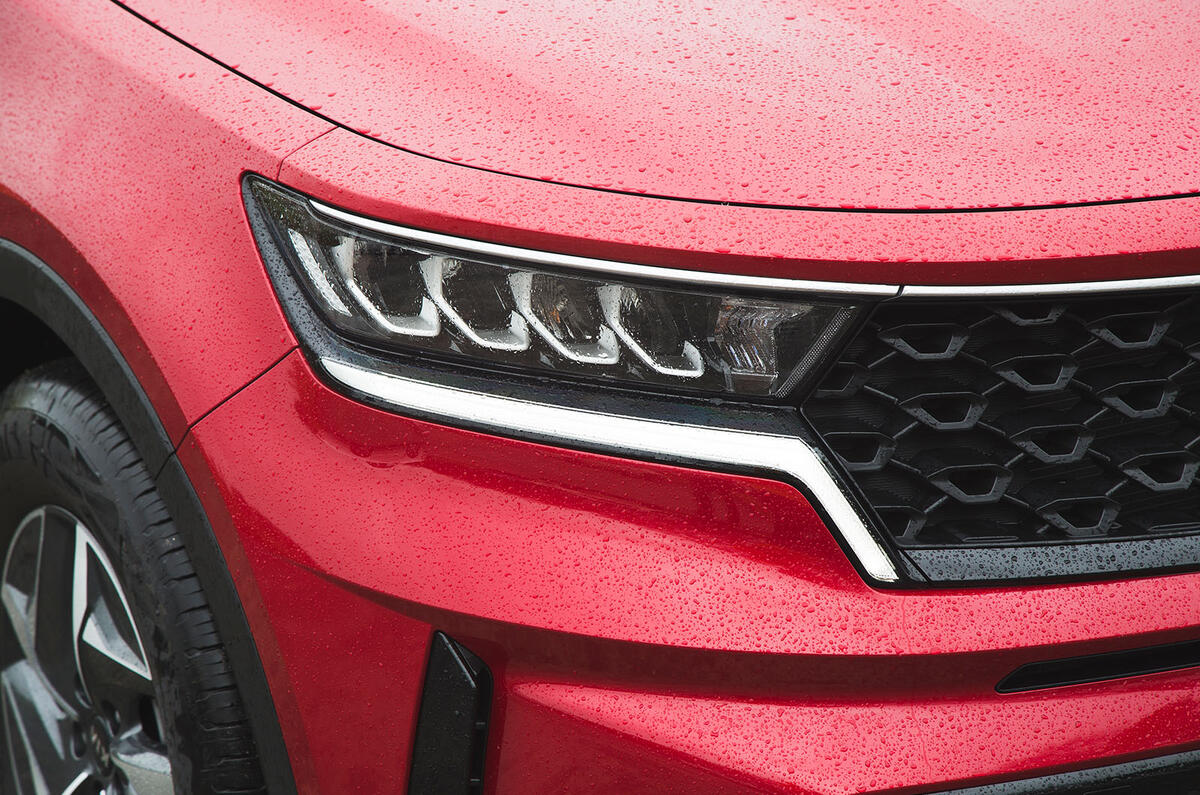
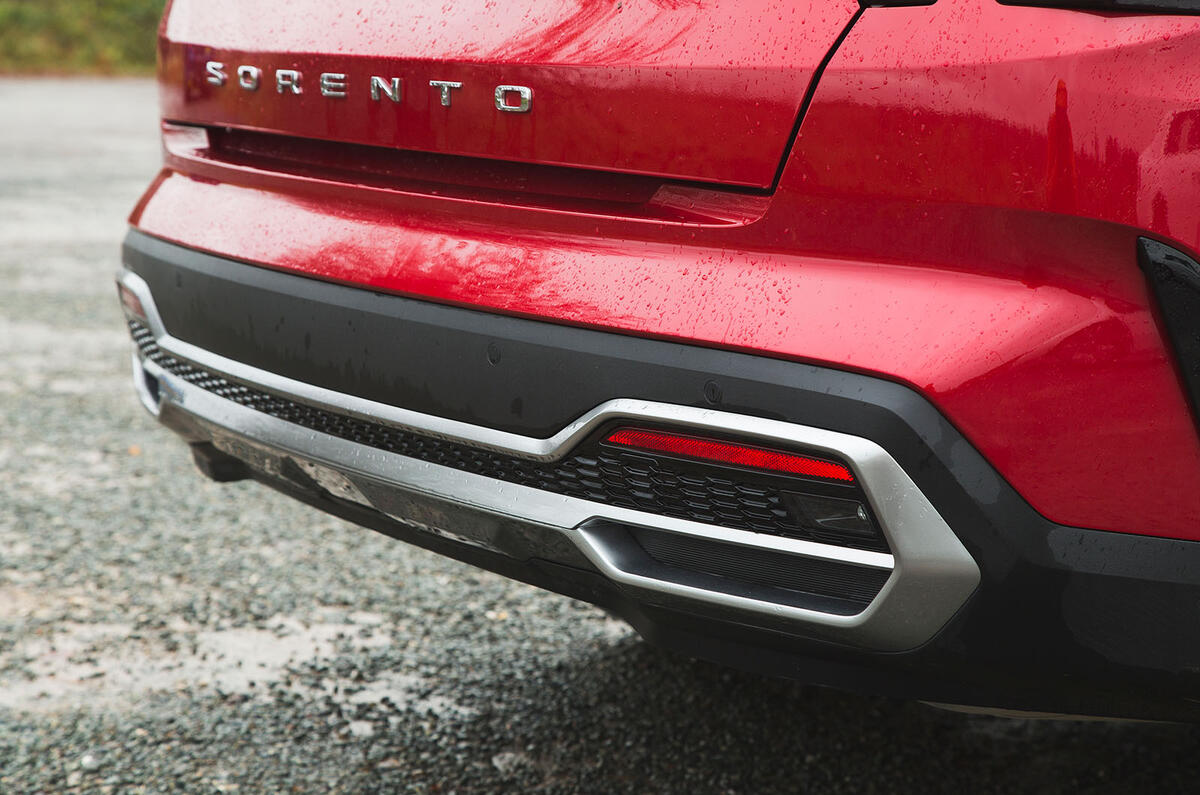

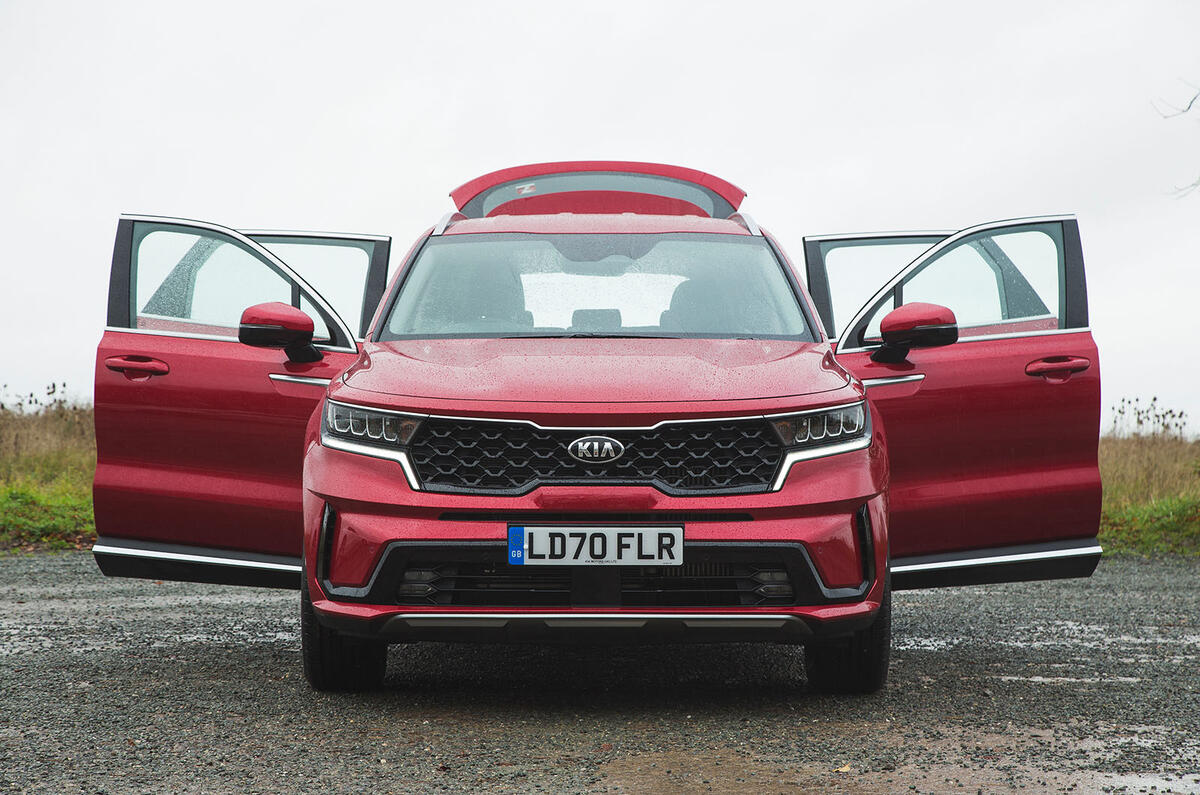



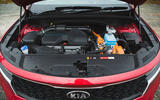













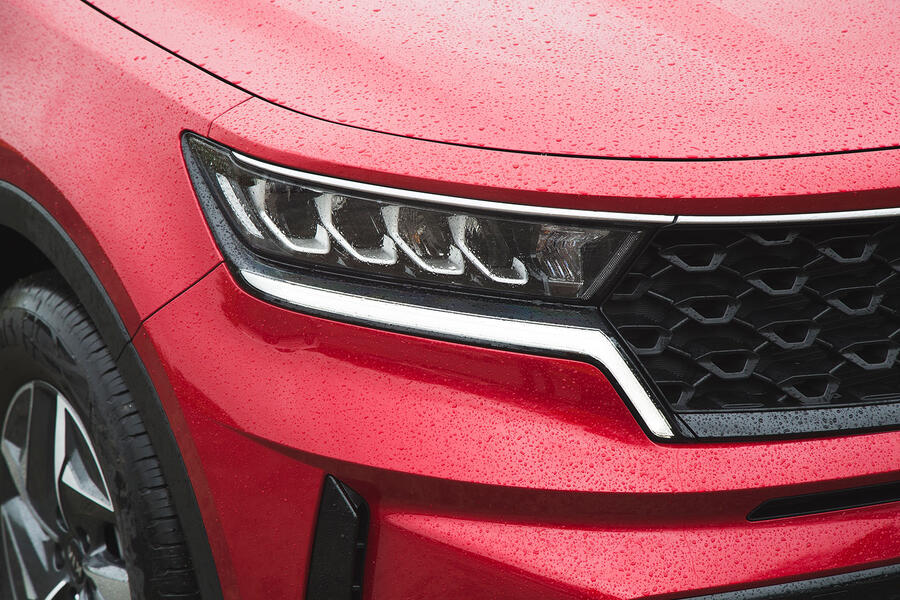
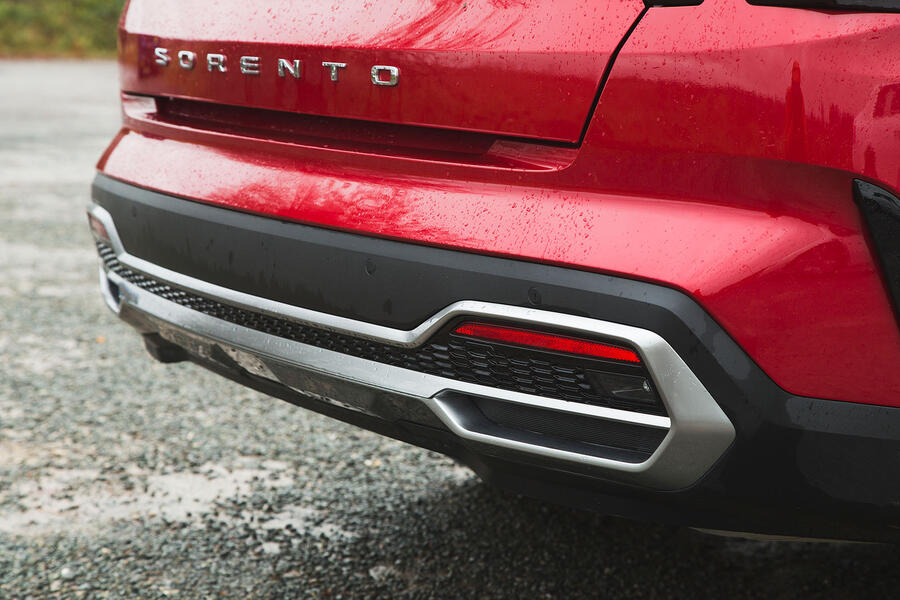


Add your comment